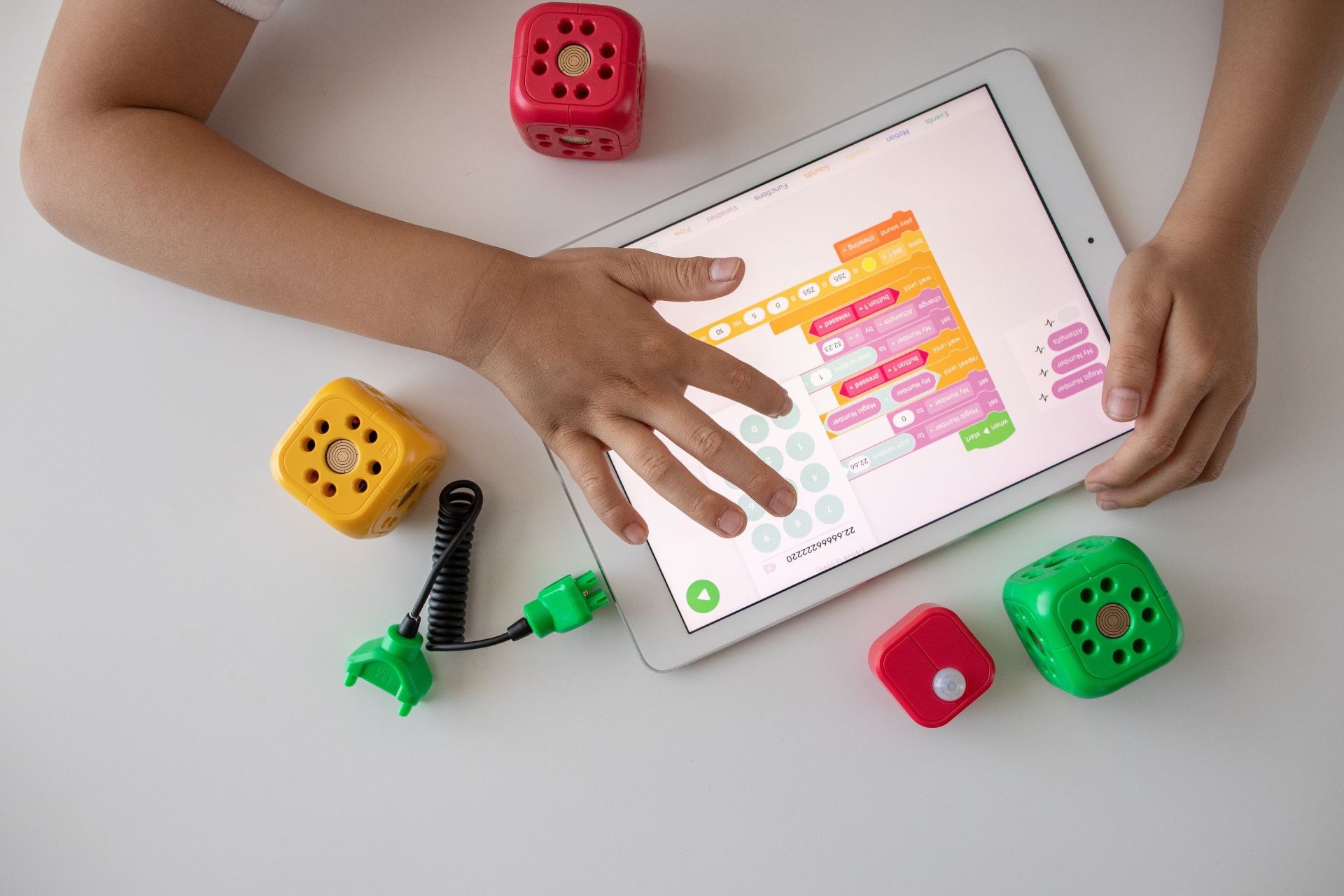
We are a reader-supported education publication. When you buy through links on our site, we may earn an affiliate commission to help us keep providing content.
Keeping students engaged and motivated to learn is one of educators’ most prominent issues. Therefore, most teachers wonder how to make subjects like math and reading more enjoyable for their students.
One option that has resulted in greater retention from students is gamification. Teachers have made education fun by incorporating elements where students can earn rewards, achieve higher levels and learn to follow the rules.
Gamification is one of the most popular trends in education today, and it’s not hard to see why — most people love games.
Here are a few examples of how educators incorporate them into their systems and how you can, too.
1. Reading Eggs
Reading Eggs is an online program designed to help kids learn to read. Kids can either work on the computer or with a tablet, and they can access reading games designed to teach them how to sound out words.
The program is broken down into levels, and as kids progress through the ranks, they unlock new games and receive rewards for their progress. Reading Eggs is a great way to gamify learning because it gives kids a sense of accomplishment as they move through the program. It also helps them see how much they’ve grown as learners by providing them with tangible evidence of what they’ve learned.
2. Minecraft: Education Edition
Another great example of gamification in education is Minecraft: Education Edition.
Students can earn badges based on their achievements, which encourages them to continue playing the game because they want to earn more badges. The badges also serve as a social currency that students can show off to other students and teachers.
The game also has a goal-oriented structure, meaning students are given a specific task to do and have to complete it by following the game’s rules.
Students can collaborate on these tasks with their peers or compete against each other for bragging rights. This helps them develop teamwork skills and encourages them to take on challenges that would otherwise seem impossible.
3. Duolingo
Duolingo is a language-learning app that uses gamification to help students learn a new language.
The app itself is simple — the user chooses one of several languages they want to learn, including Spanish, French, German, Portuguese and Italian. Then users will go through a series of lessons that teach new words and phrases with example sentences so they can practice them immediately.
The app also includes games that reinforce users’ knowledge by testing their ability to recognize words and their meanings before progressing further through the coursework.
4. Quizlet
Quizlet is a free tool that allows students to create, share and study flashcards.
As well as being an educational tool, Quizlet has many features that make it fun for students. One way Quizlet gamifies learning is by allowing users to take quizzes on their flashcards and receive points for correct answers. This provides an extra incentive for learning that wasn’t there when the only reward was a grade at the end of the year.
Another way in which Quizlet gamifies learning is through its leaderboard feature. When you sign up for an account, you’re automatically placed on a leaderboard with your classmates or fellow students based on how many points you’ve earned. This encourages users to keep taking quizzes as they try to climb higher up the rankings!
How To Use Gamification in Education
Gamification is a powerful tool for improving educational outcomes. It can help students learn and retain information more effectively and encourage them to be more engaged with the material they’re learning.
Here are some tips on how to use gamification in your classroom:
- Use rewards to motivate students to do their work and complete assignments. This could be a sticker, an achievement badge on their student profile, or even an A+ grade for the project itself.
- Create challenges requiring students to complete specific tasks to succeed — for example, reading a certain number of books or writing five journal entries about what they’ve learned from the coursework. You can award extra credit for completing these challenges successfully!
- Make assignments and tests more fun by adding elements from popular video games or other forms of entertainment. This will get them excited about learning new things.
- Use different types of feedback throughout the game, such as points or badges that show how well students are doing in other areas. This will allow you to track progress and reward success along the way!
Make Education Engaging By Using Gamification
Gamification isn’t just a fad — it’s here to stay, especially in education. Think of it as not only a way to make learning fun but making it effective and meaningful. By incorporating game mechanics into your curriculum, you can help students master content at their own pace — and enjoy the learning process more than ever before.









